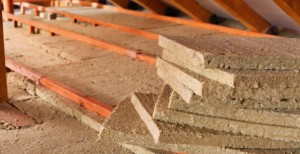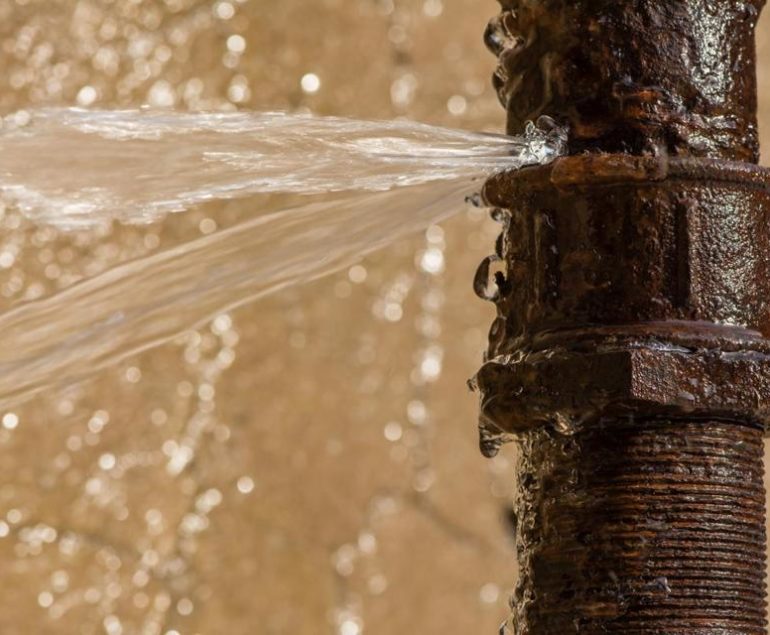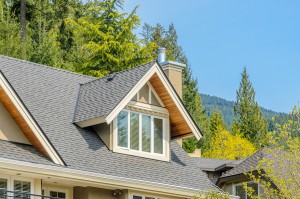Introduction:
In an era where sustainability is increasingly crucial, homeowners are seeking eco-friendly solutions to reduce their carbon footprint and create more energy-efficient living spaces. One such solution gaining traction is sustainable spray foam insulation. In this article, we’ll explore why sustainable spray foam insulation should be every homeowner’s top priority and how it contributes to a greener, more efficient home environment.
Understanding Sustainable Spray Foam Insulation:
Sustainable spray foam insulation, offered by environmentally conscious companies like Connecticut Spray Foam Insulation, is formulated with bio-based and recycled materials, reducing reliance on fossil fuels and minimizing environmental impact. Unlike traditional insulation options, sustainable spray foam insulation prioritizes eco-friendly manufacturing processes and renewable resources.
The Environmental Benefits:
- Reduced Carbon Emissions: By choosing sustainable spray foam insulation, homeowners can significantly reduce their home’s carbon emissions, contributing to global efforts to combat climate change.
- Resource Conservation: Sustainable spray foam insulation minimizes resource extraction and promotes the use of recycled materials, conserving natural resources and promoting a circular economy.
- Improved Indoor Air Quality: Unlike traditional insulation materials, sustainable spray foam insulation creates an air-tight seal, preventing the infiltration of pollutants and allergens, thereby improving indoor air quality and promoting healthier living environments.
The Economic Benefits:
- Energy Savings: Sustainable spray foam insulation offers superior insulating properties, reducing heating and cooling costs and providing long-term savings on energy bills.
Increased - Property Value: Homes equipped with sustainable features, such as spray foam insulation, are often more attractive to eco-conscious buyers, potentially increasing property value and marketability.
- Government Incentives: Many governments offer incentives and rebates for homeowners who invest in energy-efficient and sustainable home improvements, further offsetting the cost of sustainable spray foam insulation installation.
Making the Switch:
Transitioning to sustainable spray foam insulation is a practical and impactful step towards creating a more sustainable home. Homeowners can consult with reputable insulation companies, like New York Spray Foam Insulation Company, to assess their insulation needs and explore sustainable options that align with their budget and preferences.
Conclusion:
In an age of environmental awareness and energy efficiency, sustainable spray foam insulation emerges as a crucial component of green building practices. By prioritizing sustainability and choosing eco-friendly insulation solutions, homeowners not only reduce their environmental footprint but also enjoy economic benefits and enhanced indoor comfort. Making sustainable spray foam insulation a top priority is not just an investment in a greener future but also a testament to responsible stewardship of our planet and its resources.
















